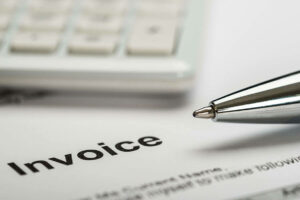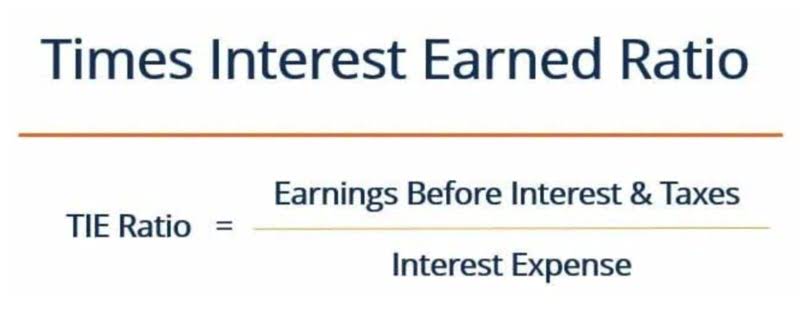
We want to clarify this because some online resources stated that if the items are recorded at the historical cost, then the value of those items will not change subsequently. Instead of using the cost principle, you can look at the market value. An asset’s market value is different than the amount recorded with the price principle. Let’s say you buy equipment for $1,000, and it has a useful life of five years. With the cost principle, you record the initial purchase amount in your accounting books for small business.

205-29 Plant protection costs.
When you’re starting to dive into accounting, you’ll come across an entire glossary of terms. Some of them may seem familiar, while others will be entirely foreign. Some of the familiar terms may have accounting-specific definitions, Accounting Errors as well. When it comes to accounting, the cost principle is very important.
Stay up to date on the latest accounting tips and training
- Patriot’s online accounting software is easy to use and made for small business owners and their accountants.
- Generally, the Cost Principle applies to all assets, but there are a few exceptions.
- It is the same way when a buyer buys products, and the recording is done based on the price paid.
- More specifically, the value of a company’s internal intangible assets – regardless of how valuable their intellectual property (IP), copyrights, etc. are – will remain off the balance sheet unless the company is acquired.
- In simpler terms, it means that assets are initially recorded on the balance sheet at their original purchase cost.
- This is a great thing for any assets that may depreciate over time.
The excess of the actuarial accrued liability over the actuarial value of the assets of a pension plan is the unfunded actuarial liability. The excess of the actuarial value of the assets of a pension plan over the actuarial accrued liability is an actuarial surplus and is treated as a negative unfunded actuarial liability. With the cost principle, you record a business asset at its purchase amount. Track assets on the balance sheet at their cash values during the time you acquired them. You can also use the historical cost concept to record liabilities.

Cost Principle

Accounting principles are the foundation upon which financial statements are prepared. They provide a set of guidelines that ensure consistency and accuracy in financial reporting. Idle capacity means the unused capacity of partially used facilities.
This helps them make decisions about whether to buy equipment new or secondhand based on how the value of that equipment is likely to change in the future. The cost principle is the idea that companies should value large fixed assets, like real estate and machinery, based on what the company paid for them at the time of acquisition, rather than at their current https://www.bookstime.com/ fair market value. Generally Accepted Accounting Principles (GAAP) and considered a more conservative (and potentially more accurate) way to value large assets.
Allowable
Additionally, it helps with budgeting without requiring consistent updates. As an illustration of how the cost principle works, consider a small manufacturer that purchased a packing machine for $100,000 in 2018. The asset is added to the company’s balance sheet with a value of $100,000. The cost principle is an important part of financial reporting, as it encompasses the value of a business asset.
The cost will be reported on the balance sheet along with the amount of the asset’s accumulated depreciation. Further, the accumulated depreciation cannot exceed the asset’s cost. By providing a stable and objective basis for asset valuation, the cost concept enables stakeholders to make informed decisions based on reliable financial information, contributing to the overall transparency and integrity of financial markets. The cost concept provides a reliable and objective basis for measuring and reporting asset value.

Pam’s will keep the building on its balance sheet for $20,000 until it is either retired or sold. Using assets that are acquired without purchase can be a challenge when using the cost principle. The cost would be recorded as the value offered by the dealership for the trade-in, as well as the cash paid on top. The cost principle is more important to a company for historical purposes. This is because the price you purchased an asset at may not be the fair market value to another person.
205-46 Travel costs.
All you need to know in order to use cost accounting is how much you paid for an asset. Of course, you can also depreciate any capitalized assets over time. The IRS outlines depreciation schedules for taxpayer use, and a trained accountant can also implement them. Any depreciation of assets creates recurring tax benefits for business, as depreciation can be offset against the business’s income. By valuing assets cost principle at the price paid when they were acquired, businesses are able to track how the cost to acquire those assets is changing over time. Businesses can also make budgeting decisions based on historical purchases and long-term trends in price.

